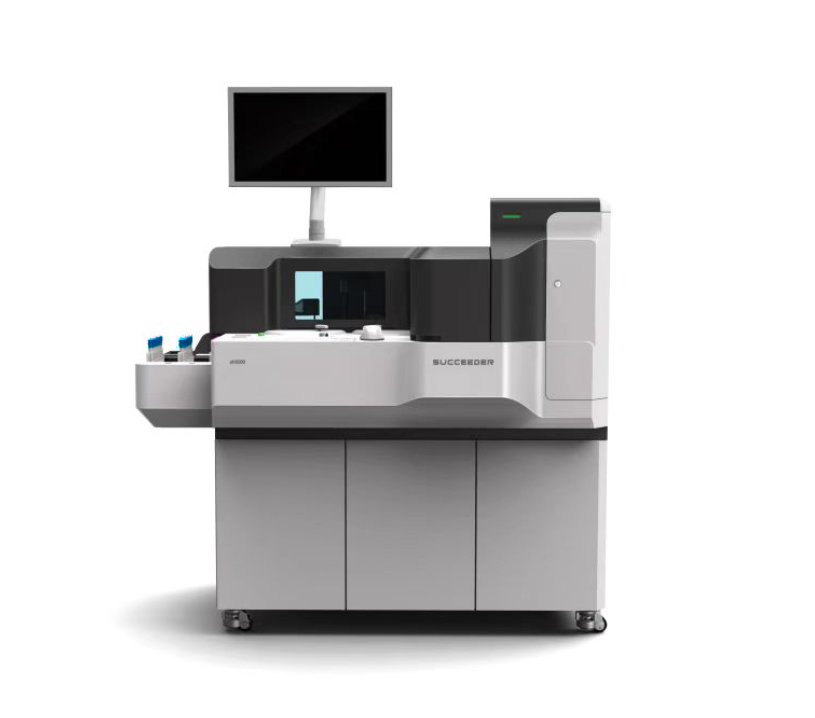The International Society of Thrombosis and Hemostasis (ISTH) has established October 13 every year as "World Thrombosis Day", and today is the ninth "World Thrombosis Day". It is hoped that through WTD, the public's awareness of thrombotic diseases will be raised, and the standardized diagnosis and treatment of thrombotic diseases will be promoted.

1. Slow blood flow and stasis
Slow blood flow and stasis can easily lead to thrombosis. Conditions such as heart failure, compressed veins, prolonged bed rest, prolonged sitting, and atherosclerosis can cause blood flow to slow down.
2. Changes in blood components
Changes in blood composition Thickened blood, high blood lipids, and high blood lipids may be at risk of forming blood clots. For example, drinking less water at ordinary times and taking too much fat and sugar will lead to problems such as blood viscosity and blood lipids.
3. Vascular endothelial damage
Damage to the vascular endothelium can lead to thrombosis. For example: high blood pressure, high blood sugar, viruses, bacteria, tumors, immune complexes, etc. can cause damage to vascular endothelial cells.
As a leading manufacturer in the field of in vitro diagnosis of thrombosis and hemostasis, Beijing SUCCEEDER provides high-quality products and professional services for global users. It has been committed to popularizing the prevention knowledge of thrombotic diseases, raising public awareness, and establishing scientific prevention and antithrombotics. On the road of fighting blood clots, Seccoid never stopped, always moved forward, and escorted life!



 Business card
Business card Chinese WeChat
Chinese WeChat English WeChat
English WeChat